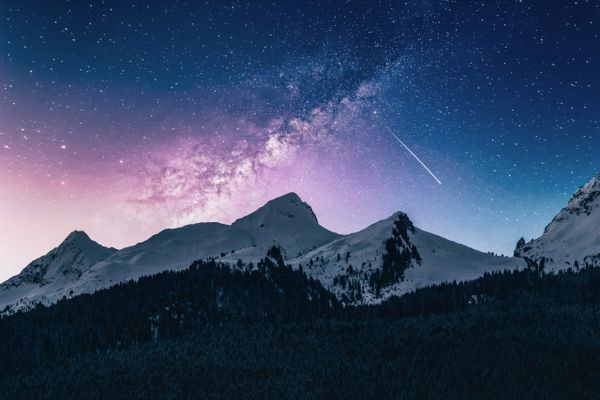
The High Schooler's Guide to the Galaxy
The Exeter Off-Planet Society
Intro
Project Criteria
Project Criteria
Project Criteria
To create a resource guide for high school students detailing projects, questions, and resources to empower people to take growth into their own hands. To promote engagement it must be more compelling and personal than a list.
My Role
Project Criteria
Project Criteria
Though I edited and wrote portions of the book, my main role was as graphic designer. I selected all the photograph and paragraph layouts, alignment, fonts, and other details.
Background
About EOPS
The mission of EOPS is to introduce, educate, and inspire the next generation of scientific minds that will drive our future. We believe this is possible through education and involvement.
In our weekly club meetings, we talk to astronauts, build model rockets, or search the roofs of our school for micrometeorites. Sometimes we post on our YouTube channel, make updates to our website, or talk to other kids around the world who are interested in space.
Every year, we publish an edition of our resource guide, The High Schooler’s Guide to the Galaxy. It is full of resources for students interested in space science. We feature clubs, competitions, summer camps, and great learning resources like other YouTube channels and online courses.
Some Images from The Guide


















Process
After much deliberation on subject and content, the team wrote the initial draft of the book. This had chapters outlined as well as ideas for more specific sections. We drafted and edited for a few weeks until we were satisfied with content.
I researched the graphic design of other publications as well as graphic design fundamentals. These basic skills along with open source image libraries allowed me to implement our message with compelling visuals.
Over the course of a few weeks we selected colors, tweaked layout, and made small edits to content. We sent the guide to a number of science organizations and youth magazines to spread the word. We also organized a series of social media pages to promote this content.
Final Outcomes
Per our mission, we released this 60-page guide for free online and worked to promote it around the world. We impacted 1,000+ people in more than 20 countries since last spring and connected to 41 states in the US. We have been featured on science education networks throughout the US.
This website uses cookies.
We use cookies to analyze website traffic and optimize your website experience. By accepting our use of cookies, your data will be aggregated with all other user data.